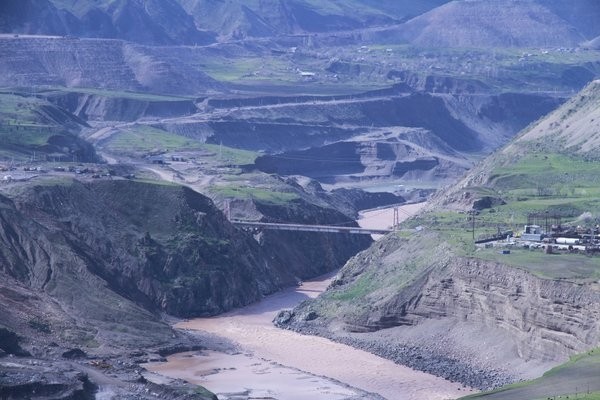Tajikistan launches second unit of giant Rogun hydropower plant
DUSHANBE (TCA) — President of Tajikistan Emomali Rahmon has officially launched the second unit of the Rogun hydropower plant. Speaking at the ceremony on September 9, Rahmon congratulated all citizens of the country on this historic event, the president’s press service said. The president said that the power plant is being built in accordance with the international norms and safety standards, using the latest technologies, and in the near future will serve not only the residents of Tajikistan but also other countries of the region. The construction of hydroelectric power stations on the rivers of Tajikistan will help to ensure a balance between electricity and water consumption, and will ensure sustainable water management and reduce electricity shortages in the region, Rahmon said. When the second unit was commissioned, the electricity generated was transmitted to the general power grid of the country. Construction of the Rogun dam and hydropower plant was started on October 29, 2016. On November 16, 2018 President Rahmon inaugurated the first unit of Rogun. Rogun will be the largest hydropower plant in the region with a capacity of 3,600 megawatts (over 17 billion kWh). At present, a total of 200 million cubic meter of water is stored in Rogun’s reservoir. Located in the upper reaches of the Vakhsh River in the Pamir Mountains, Rogun is about 90 km from Dushanbe, the capital of Tajikistan. The project was first launched in the late 1970s but halted after the Soviet Union's collapse in 1991. Now, the construction of this $3.9-billion project is being carried out by an Italian company, Salini Impregilo.


